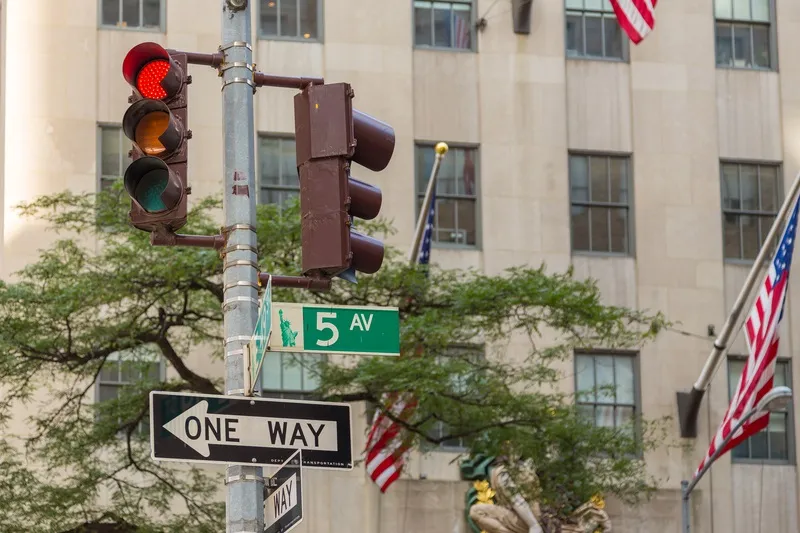Kapsch has released the specifications of the time division multiplexing (TDM) protocols used in E-ZPass electronic toll collection signalling. Both patented and unpatented proprietary codes associated with what has been called the IAG system are now an open standard, free for all to download and use, says Chris Murray, president and CEO of Kapsch Trafficom North America. The IAG-TDM protocol is now available to all interested parties including competing toll system suppliers free of any royalty and in perp
April 26, 2013
Read time: 2 mins
The IAG-TDM protocol is now available to all interested parties including competing toll system suppliers free of any royalty and in perpetuity. The only requirement, Murray says, is that those downloading the protocol sign a licence agreement in which they commit to make available without restriction any derivative or supplementary applications or code they write for the IAG-TDM.
He called this a circular licence in that those accepting Kapsch's offer of a free and in-perpetuity right to use its IAG-TDM must agree to allow everyone else similar open access to any variants or supplementary routines they develop on top of IAG-TDM.
Chris Murray said this is designed to prevent what has happened to some ostensibly open standard protocols with add-on features and slight variants to an open standard being declared proprietary, referring to competitor TransCore's development of the eGo and SeGo protocols. While substantially based on the open ISO 18000 6B standard they have features, mostly related to encryption on which patents and other proprietary rights are claimed.










